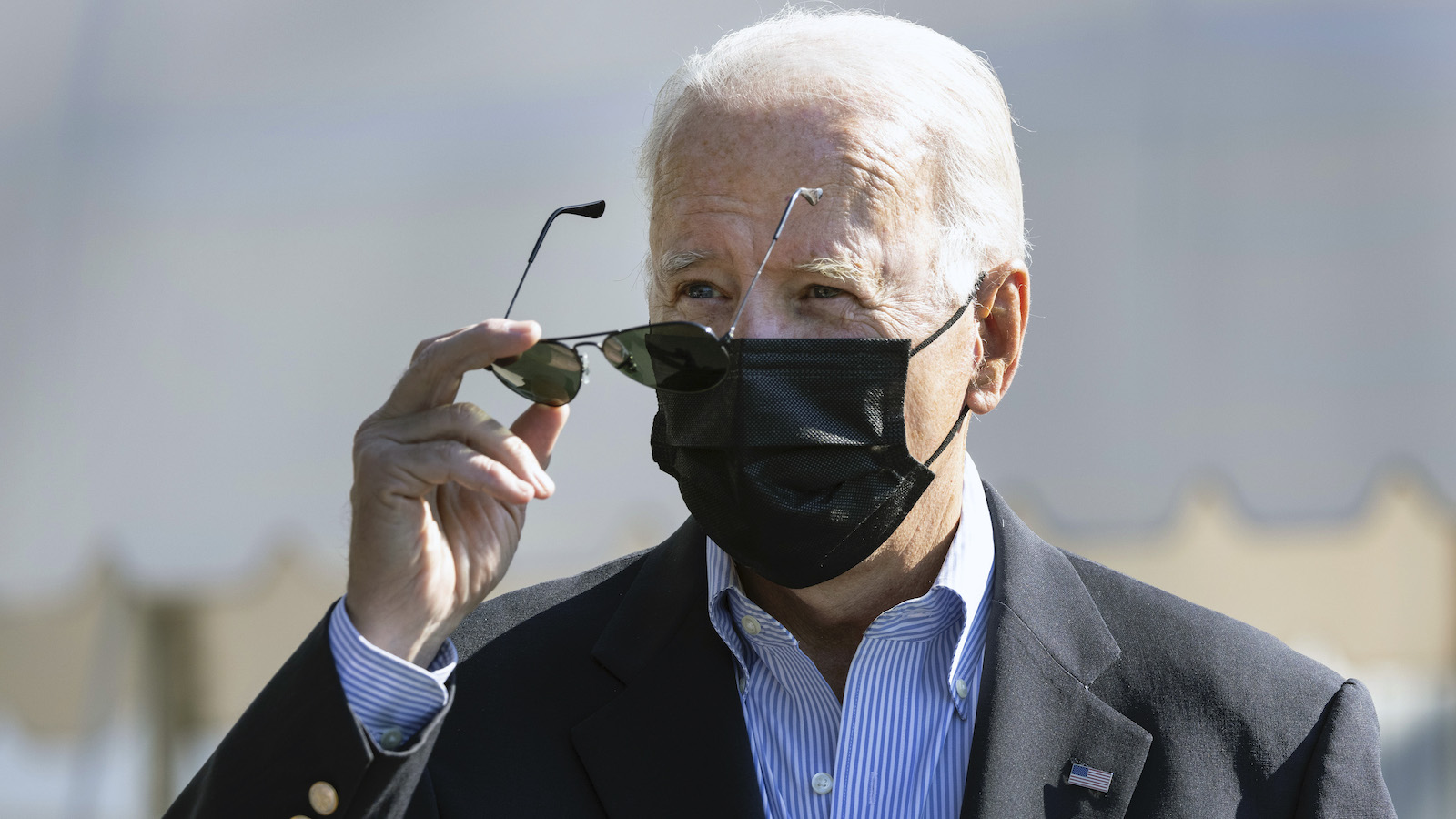After a historically hot summer with extreme heat events that killed hundreds of people in the Pacific Northwest, New Orleans, and elsewhere, the Biden administration is taking action to protect Americans from extreme heat at work and at home. On Monday, the White House announced that it will start the process of creating a first-of-its-kind national heat standard for workers and promoted several other initiatives to increase access to cooling for the most vulnerable members of society.
“Rising temperatures pose an imminent threat to millions of American workers exposed to the elements, to kids in schools without air conditioning, to seniors in nursing homes without cooling resources, and particularly to disadvantaged communities,” President Joe Biden said in a statement.
Extreme heat kills more than 600 people in the United States every year, according to the Centers for Disease Control and Prevention, or CDC. Outdoor workers, such as those in construction and agriculture, are particularly at risk, although the plight of overheated warehouse workers has also been well documented. But heat-related deaths are widely understood to be undercounted, since heat can exacerbate underlying health conditions and is not always listed as a cause of death.
One thing we do know for sure: Heat waves have already become more frequent and dangerous due to climate change. When a heat wave rolls through, there’s no longer any need to ask whether climate change played a role. The trend will continue to get worse. The annual number of days where heat and humidity combine to make it feel like it’s above 100 degrees Fahrenheit is expected to double by mid-century, according to research by the Union of Concerned Scientists.
A new labor standard would be a big deal. According to a Politico and E&E News investigation from August, nine previous presidents failed to improve protections for workers from extreme heat, despite recommendations from the CDC and the urging of many labor and environmental groups.

“This action is long overdue,” said Juley Fulcher, a worker health and safety advocate at the watchdog group Public Citizen, in a statement. “Now it’s incumbent on the administration to rush to get a final heat standard in place to ensure workers across the country are able to safely do their jobs protected from the danger of heat stress.”
But the new standard has a long road ahead. Biden has instructed the Occupational Safety and Health Administration, or OSHA, to launch a rulemaking process next month, beginning with a public comment period to allow the agency to gather information on various aspects of heat exposure and protection. In the meantime, Biden has given OSHA a new mandate to improve enforcement of existing rules that require employers to protect workers from “recognized serious hazards in the workplace,” including heat-related hazards.
That rule has done little to protect workers from heat in the past — there have been 384 documented heat-related on-the-job deaths since 2010, according to an NPR analysis of federal data. The agency will now ramp up investigations of complaints and workplace inspections on days when the heat index goes above 80 degrees F.
The announcement on Monday also highlights recently-issued guidelines for the Low Income Home Energy Assistance Program, which helps people pay their utility bills and has traditionally focused on subsidizing winter heating. The new guidelines will allow more program funds to be used to purchase air conditioners and reimburse cooling costs. A 2015 federal survey found that nearly 20 percent of people in the United States with an annual income below $20,000 don’t use air conditioning.
In addition, the administration will provide funding and technical assistance to turn public schools into community cooling centers during extreme heat events and is launching a series of prize competitions for innovations aimed at protecting those most at risk of heat-related illness and death during heat waves.
The Interagency Working Group on Extreme Heat, which was created in July and is led by the Department of Health and Human Services, the National Oceanic and Atmospheric Administration, and the Environmental Protection Agency, will continue to coordinate additional research and programs.


